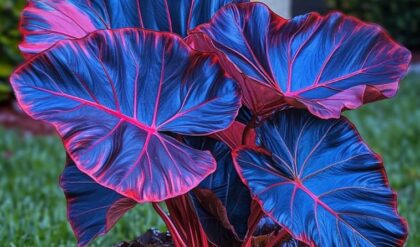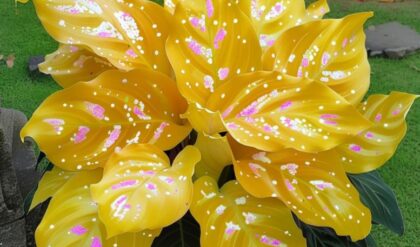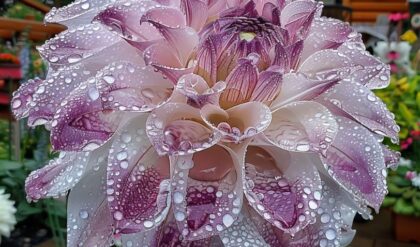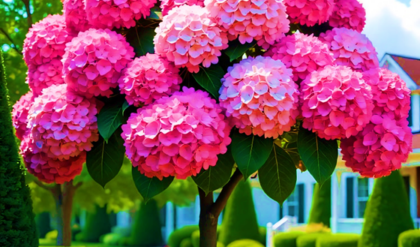The enchanting allure of the Butterfly Begonia has captured the imagination of plant lovers and curious minds alike, evoking a sense of wonder about its beauty and rarity. However, as the viral pictures spread across social media platforms, questions regarding the authenticity of this captivating plant have surfaced. Is it a genuine botanical marvel, or is it merely an illusion crafted by modern technology?
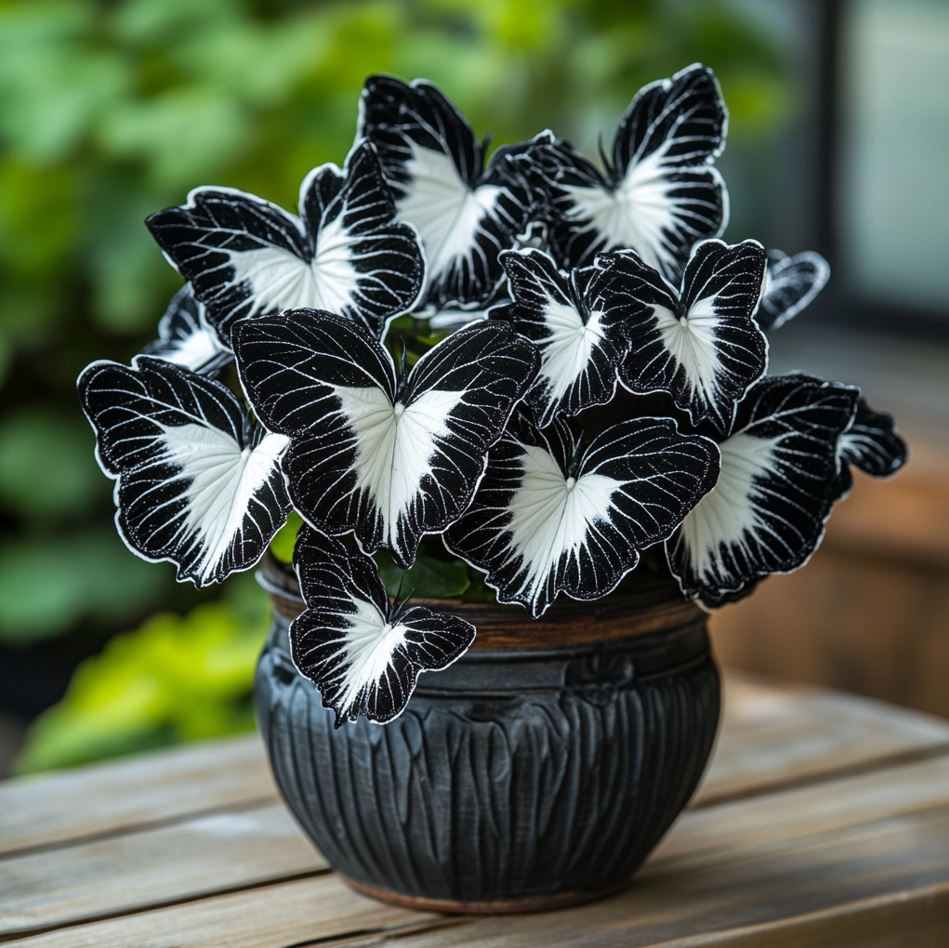
The Rise of Viral Plant Culture
In recent years, the phenomenon of Instagrammable plants has taken root in our digital landscape. These visually stunning flora often exist at the intersection of reality and fantasy, where images can be manipulated to create something that resembles nature but isn’t necessarily grounded in it. The Butterfly Begonia, specifically dubbed the Moonlight Butterfly in various online posts, seems to be one of those creations that stirred significant controversy and confusion.
The Allure of Visually Stunning Plants
As social media platforms have become the dominant channels for sharing and consuming content, the demand for visually appealing and shareable imagery has skyrocketed. This has led to a surge in the popularity of plants that possess striking aesthetic qualities, often transcending the boundaries of what is considered natural or achievable in the real world.
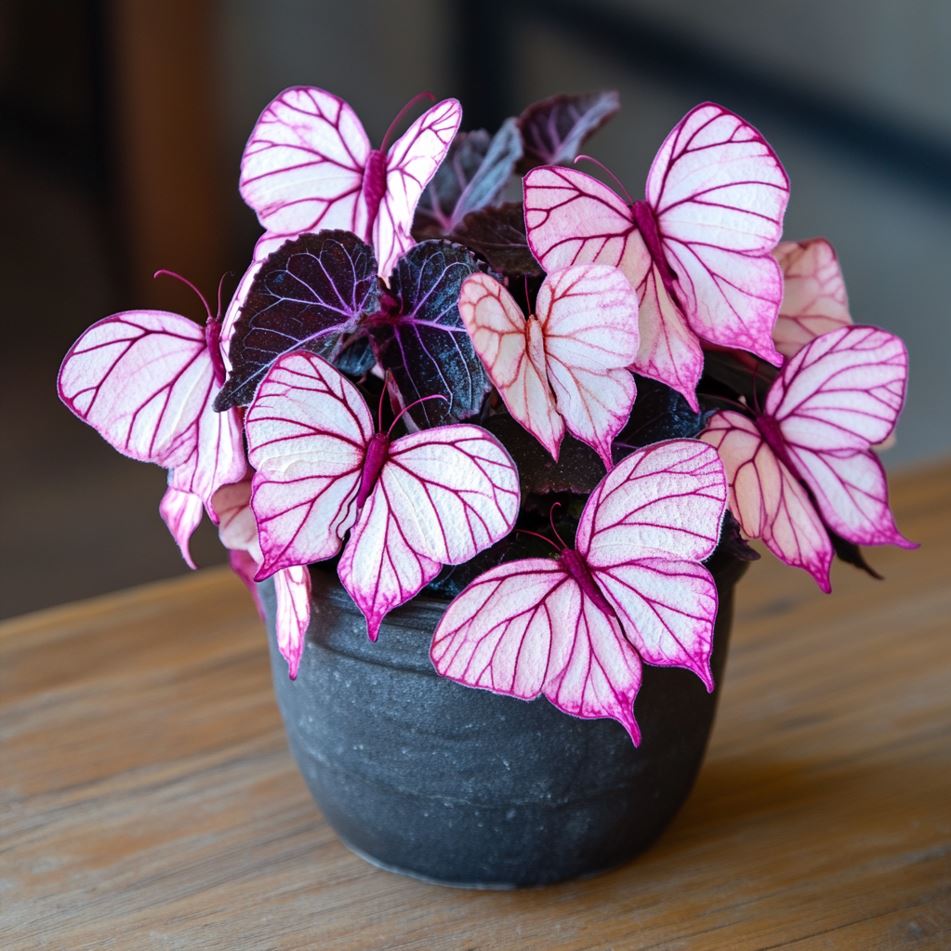
- The rise of Instagrammable plants: Social media has fueled a growing trend where users seek out and share images of plants that are visually captivating, even if they don’t necessarily exist in the physical world.
- The blurring of reality and fantasy: With the increasing sophistication of digital editing tools and AI-powered image manipulation, the line between what is real and what is fabricated has become increasingly blurred, leading to the creation of fantastical plant images.
- The craving for novelty: Humans are naturally drawn to the new and the extraordinary, which has contributed to the widespread fascination with plants that appear to defy the norms of nature.
The Emergence of the Butterfly Begonia
The Butterfly Begonia, or the Moonlight Butterfly as it is often referred to, is a prime example of this trend. The striking images of this plant, featuring delicate, butterfly-like petals and a mesmerizing glow, have captured the attention of plant enthusiasts and casual observers alike.
- The viral spread of the Butterfly Begonia: As the images of this plant have proliferated across social media, they have generated a surge of interest and speculation about its authenticity and origins.
- The allure of rarity and exclusivity: The perceived rarity and exclusivity of the Butterfly Begonia have further fueled the desire for this plant, with many people seeking to acquire it or replicate its unique appearance.
- The role of technology in shaping perceptions: The digital manipulation of plant images, whether through AI-generated visuals or extensive photo editing, has played a significant role in shaping the perception and appeal of the Butterfly Begonia.
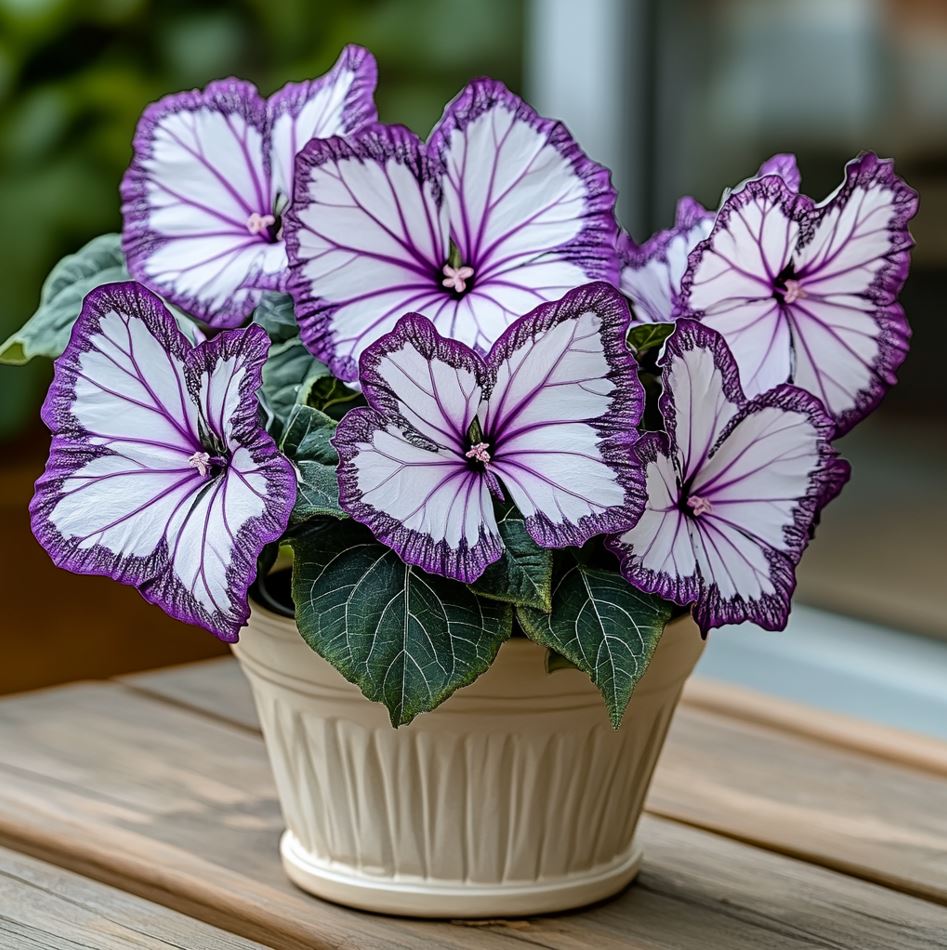
Unraveling the Mystery: Fact vs. Fiction
As various sources converge on the truth about the Butterfly Begonia, a consensus emerges: it is, in fact, not a real plant. Reports confirm that the images circulating online are largely AI-generated or edited, leading many to label these manifests as part of a broader trend where reality is blurred for the sake of aesthetic appeal.
The Consensus on the Butterfly Begonia’s Authenticity
According to these insights, the allure of the Moonlight Butterfly exists primarily within the confines of pixels rather than petals. Interestingly, even reputable sites have echoed similar sentiments, reinforcing the notion that many plants touted as revolutionary discoveries may instead be elaborate digital hoaxes designed to grab attention.
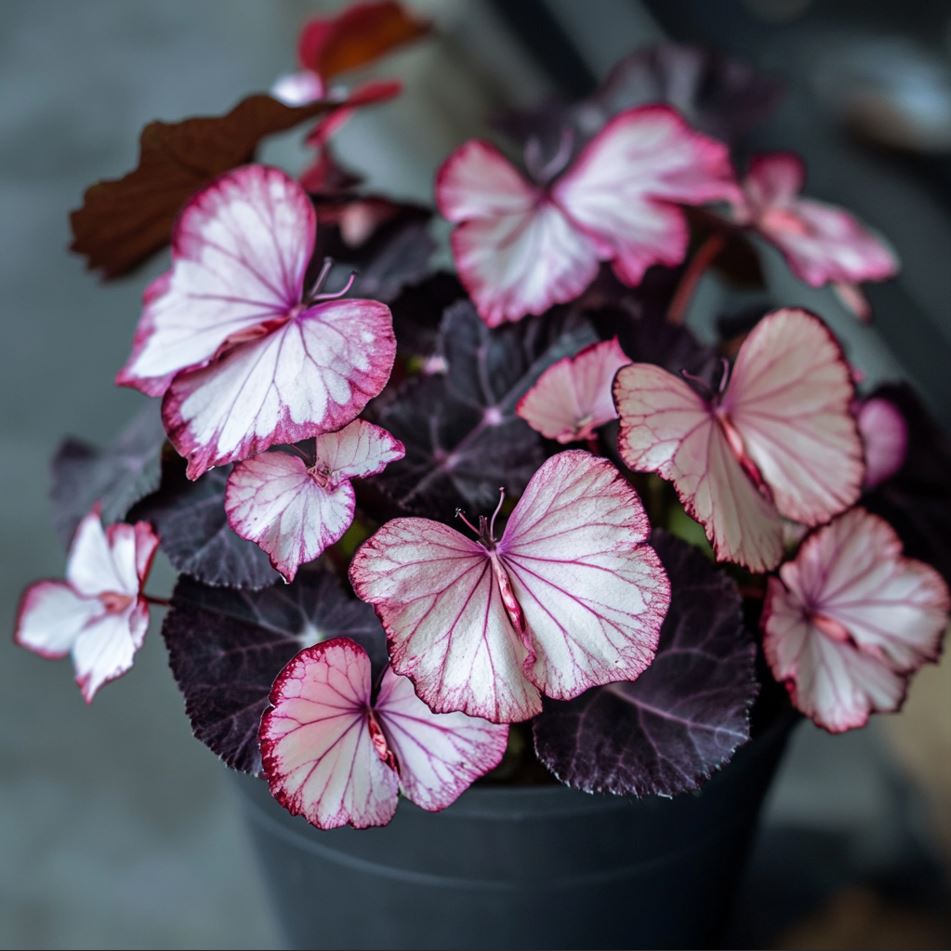
- The confirmation of the Butterfly Begonia as a non-existent plant: Various credible sources have come to the consensus that the Butterfly Begonia is not a real botanical specimen, but rather an artificial creation.
- The role of AI and digital editing in the Butterfly Begonia’s creation: The captivating images of the Butterfly Begonia have been traced back to AI-generated or heavily edited visuals, rather than representations of a genuine plant.
- The broader trend of digital hoaxes in the plant world: The Butterfly Begonia is not an isolated case, but rather part of a larger trend where novel and visually striking plant species are fabricated for the purpose of garnering attention and engagement.
The Implications of Fake Plant Imagery
The revelation that the Butterfly Begonia is not a real plant raises important questions about our relationship with nature and the impact of technology on our perceptions of the natural world.
- The blurring of boundaries between reality and fantasy: The Butterfly Begonia exemplifies how digital manipulation can create plant images that appear to be genuine, challenging our ability to distinguish between what is real and what is fabricated.
- The prioritization of aesthetics over authenticity: The widespread fascination with the Butterfly Begonia suggests a cultural shift where visual appeal takes precedence over the true essence of the natural world.
- The ethical responsibilities of creators and marketers: The proliferation of such digital hoaxes raises questions about the ethical obligations of creators and marketers in presenting accurate and truthful information to consumers.
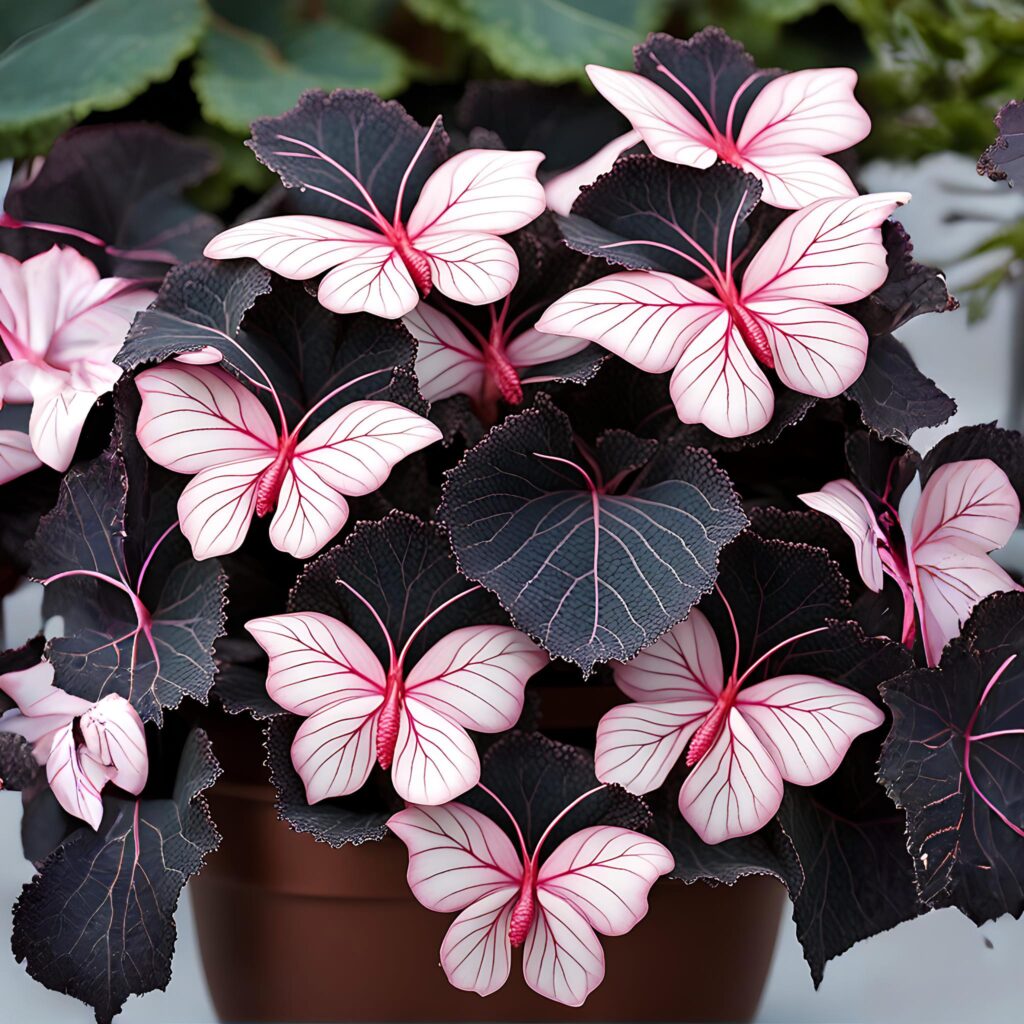
The Digital Era’s Garden of Illusions
What makes this situation particularly fascinating is the role of technology in shaping our perceptions of reality. Much like the phenomenon of deepfakes, where one’s likeness can be rendered nearly indistinguishable from authenticity, the AI manipulation in plant imagery presents the viewer with a stunning visual, albeit detached from the essence of genuine biodiversity.
The Interplay Between Artifice and Authentic Life
This raises pivotal questions: Are we nurturing a culture that favors aesthetics over authenticity? What does it say about our relationship with nature if we find more satisfaction in fabricated beauties than real ones?
- The allure of visually stunning, yet artificial, plant imagery: The Butterfly Begonia and other AI-generated or heavily edited plant images possess a captivating visual appeal that can draw in viewers, even if they are not grounded in reality.
- The disconnect between visual stimulation and genuine connection with nature: As we become increasingly immersed in a digital landscape, there is a risk of losing our direct and meaningful engagement with the natural world, prioritizing superficial visual experiences over authentic encounters.
- The ethical considerations in an age of technological manipulation: The proliferation of such digital hoaxes challenges us to grapple with the responsibilities of creators, marketers, and consumers in maintaining transparency and preserving the integrity of the natural world.
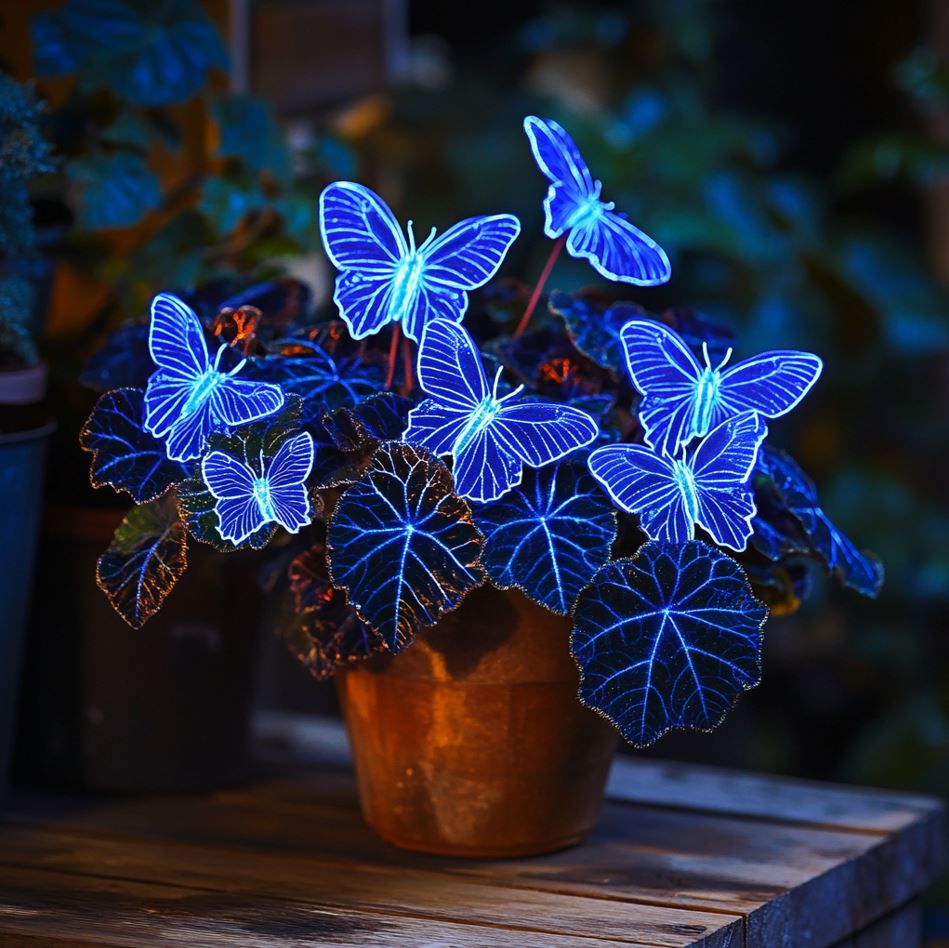
The Implications for Consumer Behavior and Trust
This scenario also unveils deeper societal implications about consumer behavior. If people gravitate towards images of the Butterfly Begonia without awareness of its fake nature, it invites contemplation about trust in media and advertising.
- The dilemma of navigating choices enhanced by technological seduction: In a world increasingly governed by the visuals presented on screens, consumers face the challenge of discerning true value versus superficial appeal.
- The desire for individuality and the pursuit of rare plants: The tendency to seek out unique and rare plants, whether real or artificially curated, stems from a desire for personal expression and the cultivation of distinct spaces.
- The ethical responsibilities of creators and marketers: The proliferation of such scam-like offerings raises questions about the ethical obligations of those who present and market plant imagery, particularly in an era where authenticity can be so easily obscured.
Cultural Implications and Consumer Behavior
This scenario also unveils deeper societal implications about consumer behavior. If people gravitate towards images of the Butterfly Begonia without awareness of its fake nature, it invites contemplation about trust in media and advertising.
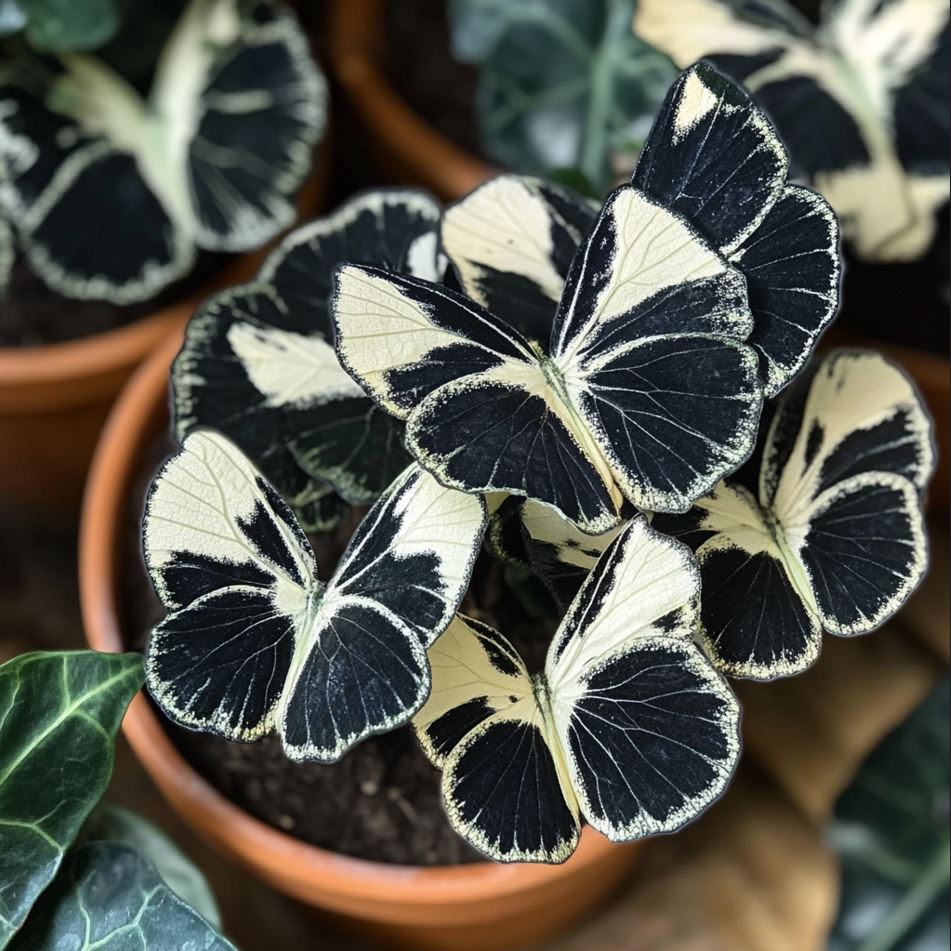
The Dilemma of Navigating Choices Enhanced by Technological Seduction
In a world increasingly governed by the visuals presented on screens, consumers face the dilemma of navigating choices enhanced by technological seduction, challenging their ability to discern true value versus superficial appeal.
- The prevalence of visually appealing yet artificially constructed plant imagery: The Butterfly Begonia is not an isolated case, but rather part of a broader trend where plant images are digitally manipulated to create a sense of beauty and exclusivity.
- The impact on consumer trust and decision-making: The widespread acceptance and sharing of such fabricated plant imagery raises concerns about the ability of consumers to make informed choices, as they may be drawn to these visuals without understanding their artificial nature.
- The need for increased transparency and critical thinking: As the digital landscape becomes increasingly saturated with visually stunning but potentially misleading plant representations, there is a pressing need for consumers to develop a more discerning eye and demand transparency from creators and marketers.
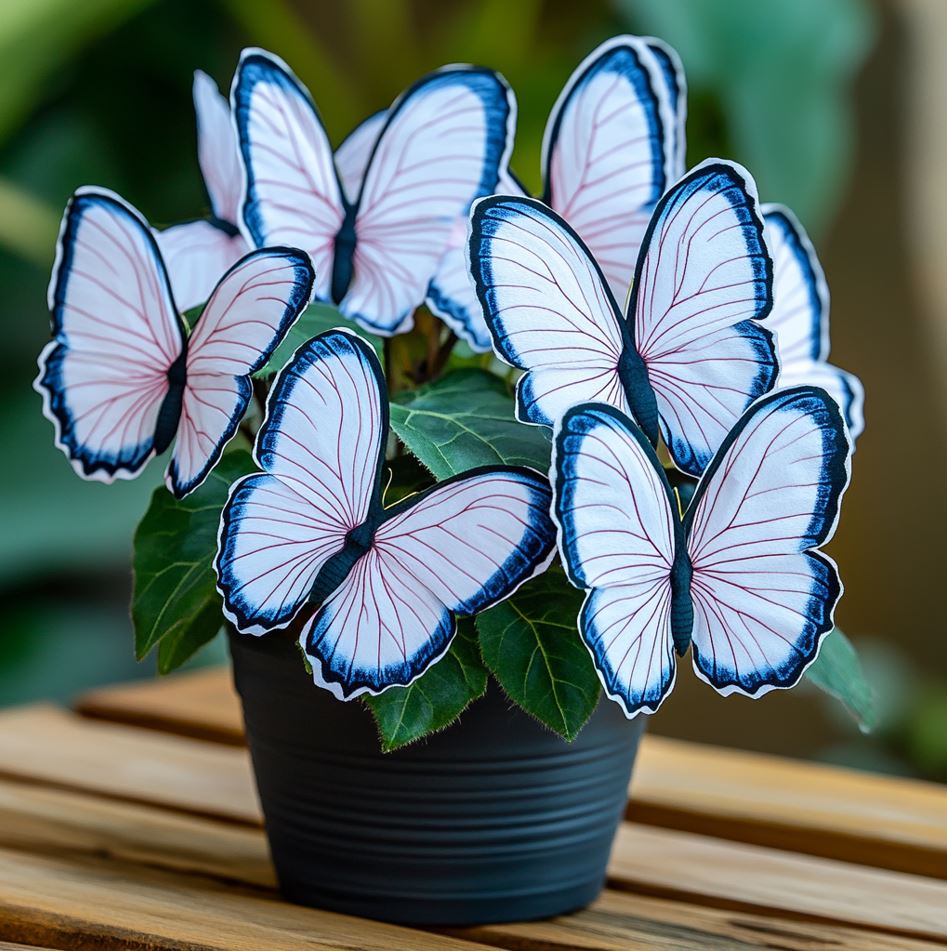
The Pursuit of Unique and Rare Plants: A Reflection of Identity
The tendency to pursue unique and rare plants—real or artificially curated—stems from a desire for individuality in personal spaces. It’s as if home decor has become an extension of one’s identity, and the proliferation of such scam-like offerings preys on these yearnings.
- The significance of plants in personal expression and identity: The cultivation and display of rare or unique plants can be seen as a way for individuals to curate their living spaces and project a particular image or persona.
- The exploitation of this desire for exclusivity: The rise of digitally manipulated plant imagery, such as the Butterfly Begonia, capitalizes on the human desire for novelty and individuality, offering a false sense of rarity and prestige.
- The ethical considerations in catering to these consumer motivations: The ethical responsibilities of creators and marketers come into question when they prioritize aesthetics and exclusivity over authenticity, potentially misleading consumers in the process.
The Broader Societal Implications
This scenario also raises broader questions about the role of technology in shaping our perceptions of the natural world and the implications for our relationship with the environment.
- The evolving nature of our connection to nature: As digital experiences increasingly mediate our interactions with the natural world, there is a risk of losing touch with the tangible and sensory aspects of genuine biodiversity.
- The potential consequences of a culture that favors artificial over authentic: The proliferation of digitally manipulated plant imagery may contribute to a societal shift where the appreciation and preservation of real, living plants is overshadowed by the allure of their fabricated counterparts.
- The need for a more balanced and responsible approach: Navigating this landscape requires a thoughtful balance between embracing the creative potential of technology and maintaining a deep respect and understanding for the natural world.
Conclusion
While the Butterfly Begonia could adorn countless screens and social media feeds as a vibrant symbol of beauty, its underlying existence reveals an interplay between artifice and authentic life. As images of this plant circulate far and wide, they serve as a reminder of both human creativity and the imperative need for thoughtful discernment in an age where reality can feel as malleable as the whims of digital designers.
The captivating allure of the Butterfly Begonia underscores the broader cultural shift where visuals have become the dominant currency, often at the expense of substance and authenticity. This phenomenon invites us to reflect on our relationship with nature, the ethical responsibilities of creators and consumers, and the need to strike a balance between embracing technological advancements and preserving the integrity of the natural world.
As we navigate this digital garden of illusions, it is crucial to cultivate a more discerning eye, to question the origins and veracity of the plant images we encounter, and to seek out genuine connections with the living, breathing wonders of the natural world. Only then can we truly appreciate the beauty and complexity of our shared environment, and ensure that our appreciation for nature remains grounded in authenticity rather than mere digital fantasy.
